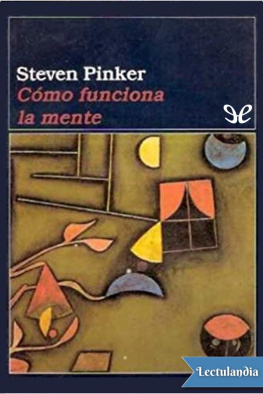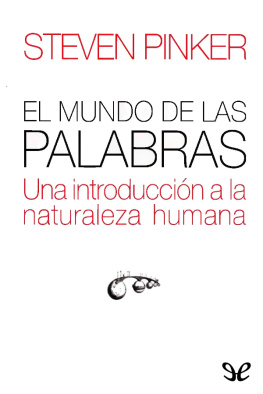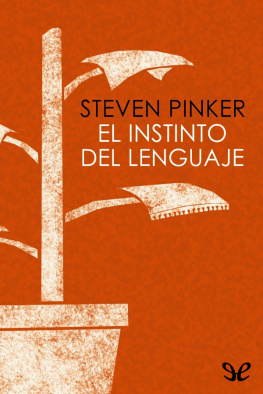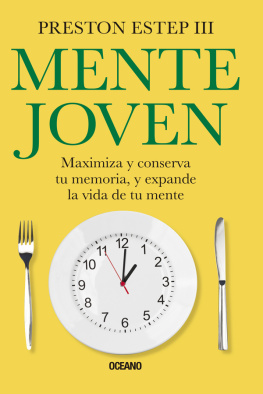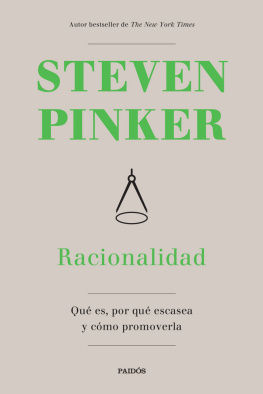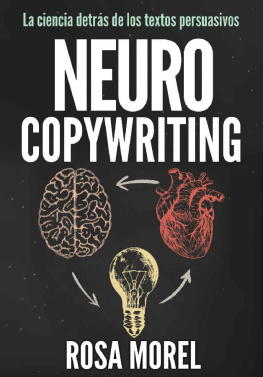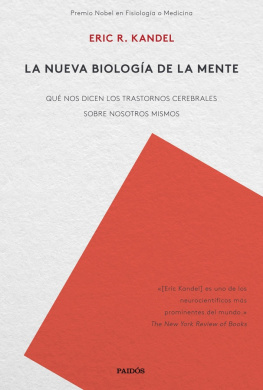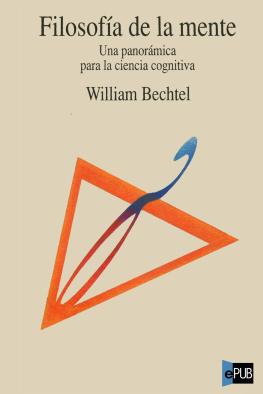
STEVEN PINKER (Montreal, Canadá, 18 de septiembre de 1954). Catedrático y de psicología y director del Centro para la Neurociencia Cognitiva en el Instituto de tecnología de Massachussets. Se formó en McGill y Harvard, y enseñó en Harvard y Stanford antes de trasladarse al MIT. Ha ganado numerosos premios por su investigación, docencia y publicaciones, entre las que se destaca El instinto del lenguaje. Es colaborador habitual de Time, The New Republic y New York Times.
Obras: El instinto del lenguaje: cómo crea el lenguaje la mente, 1994, Cómo funciona la mente. Destino (2001, 2007), La tabla rasa. La negación moderna de la naturaleza humana. Paidós Ibérica (2003), El mundo de las palabras. Paidos (2007), Los ángeles que llevamos dentro. El declive de la violencia y sus implicaciones. Paidós, 2011. En defensa de la Ilustración: Por la razón, la ciencia, el humanismo y el progreso. Paidós, 2018.
BIBLIOGRAFÍA
Adelson, E. H., & Pentland, A. P. 1996. The perception of shading and reflectance, en Knill, D. & Richards, W. (Eds.), Perception as Bayesian inference. New York: Cambridge University Press, 1996.
Aiello, L. C. 1994. Thumbs up for our early ancestors. Science, 265, 1540–1541.
Aiello, R. (Ed.) 1994. Musical perceptions. New York: Oxford University Press.
Alexander, M., Stuss, M. P., & Benson, D. F. 1979. Capgras syndrome: A reduplicative phenomenon. Neurology, 29, 334–339.
Alexander, R. D. 1987a. The biology of moral systems. Hawthorne, N. Y.: Aldine de Gruyter.
Alexander, R. D. 1987b. Paper presented at the conference “The origin and dispersal of modern humans,” Corpus Christi College, Cambridge, England, March 22–26. Reported in Science, 236, 668–669.
Alexander, R. D. 1990. How did humans evolve? Reflections on the uniquely unique species. Special Publication No. 1, Museum of Zoology, University of Michigan.
Allen, W. 1983. Without feathers. New York: Ballantine.
Allman, W. 1994. The stone-age present: How evolution has shaped modern life. New York: Simon & Schuster.
Aloimonos, Y., & Rosenfeld, A. 1991. Computer vision. Science, 13, 1249–1254.
Altman, I., & Ginat, J. 1996. Polygynous families in contemporary society. New York: Cambridge University Press.
Anderson, A. 1992. The evolution of sexes. Science, 257, 324–326.
Anderson, B. L., & Nakayama, K. 1994. Toward a general theory of stereopsis: Binocular matching, occluding contours, and fusion. Psychological Review, 101, 414–445.
Anderson, J. R. 1983. The architecture of cognition. Cambridge, Mass.: Harvard University Press.
Anderson, J. R. 1990. The adaptive character of thought. Hillsdale, N. J.: Erlbaum.
Anderson, J. R., & commentators. 1991. Is human cognition adaptive? Behavioral and Brain Sciences, 14, 471–517.
Anderson, J. R. 1993. Rules of the mind. Hillsdale, N. J.: Erlbaum.
Anderson, J. R., & Bower, G. H. 1973. Human associative memory. New York: Wiley.
Armstrong, S. L., Gleitman, L. R., & Gleitman, H. 1983. What some concepts might not be. Cognition, 13, 263–308.
Aronson, E. 1980. The social animal. San Francisco: W. H. Freeman.
Asimov, I. 1950. I, robot. New York: Bantam Books.
Asimov, I., & Shulman, J. A. (Eds.) 1986. Isaac Asimov’s book of science and nature quotations. New York: Weidenfeld & Nicolson.
Atran, S. 1990. The cognitive foundations of natural history. New York: Cambridge University Press.
Atran, S. 1995. Causal constraints on categories and categorical constraints on biological reasoning across cultures. In Sperber, Premack, & Premack, 1995.
Attardo, S. 1994. Linguistic theories of humor. New York: Mouton de Gruyter.
Attneave, F. 1968. Triangles as ambiguous figures. American Journal of Psychology, 81, 447–453.
Attneave, F. 1972. Representation of physical space. In A. W. Melton & E. J. Martin (Eds.), Processes in human memory. Washington, D. C.: V. H. Winston.
Attneave, F. 1981. Three approaches to perceptual organization: Comments on views of Hochberg, Shepard, & Shaw. In Kubovy & Pomerantz, 1981.
Attneave, F. 1982. Prägnanz and soap bubble systems: A theoretical exploration. In Beck, 1982.
Axelrod, R. 1984. The evolution of cooperation. New York: Basic Books.
Axelrod, R., & Hamilton, W. D. 1981. The evolution of cooperation. Science, 211, 1390–1396.
Ayala, F. J. 1995. The myth of Eve: Molecular biology and human origins. Science, 270, 1930–1936.
Baars, B. 1988. A cognitive theory of consciousness. New York: Cambridge University Press.
Baddeley, A. D. 1986. Working memory. New York: Oxford University Press.
Baillargeon, R. 1995. Physical reasoning in infancy. In Gazzaniga, 1995.
Baillargeon, R., Kotovsky, L., & Needham, A. 1995. The acquisition of physical knowledge in infancy. In Sperber, Premack, & Premack, 1995.
Baker, R. R., & Bellis, M. A. 1996. Sperm competition: Copulation, masturbation, and infidelity. London: Chapman & Hall.
Barkow, J. H. 1992. Beneath new culture is old psychology: Gossip and social stratification. In Barkow, Cosmides, & Tooby, 1992.
Barkow, J. H., Cosmides, L., & Tooby, J. (Eds.) 1992. The adapted mind: Evolutionary psychology and the generation of culture. New York: Oxford University Press.
Baron-Cohen, S. 1995. Mindblindness: An essay on autism and theory of mind. Cambridge, Mass.: MIT Press.
Baron-Cohen, S., Leslie, A. M., & Frith, U. 1985. Does the autistic child have a theory of mind? Cognition, 21, 37–46.
Bates, E., & MacWhinney, B. 1982. Functionalist approaches to grammar. In E. Wanner & L. R. Gleitman (Eds.), Language acquisition: The state of the art. New York: Cambridge University Press.
Bates, E., & MacWhinney, B. 1992. Welcome to functionalism. In Pinker & Bloom, 1990.
Baumeister, R. F., & Tice, D. M. 1984. Role of self-presentation and choice in cognitive dissonance under forced compliance: Necessary or sufficient causes? Journal of Personality and Social Psychology, 46, 5–13.
Beck, J. (Ed.) 1982. Organization and representation in perception. Hillsdale, N. J.: Erlbaum.
Behrmann, M., Winocur, G., & Moscovitch, M. 1992. Dissociation between mental imagery and object recognition in a brain-damaged patient. Nature, 359, 636–637.
Belew, R. K. 1990. Evolution, learning, and culture: Computational metaphors for adaptive algorithms. Complex Systems, 4, 11–49.
Belew, R. K., Mclnerney, J., & Schraudolph, N. N. 1990. Evolving networks: Using the genetic algorithm with connectionist learning. In Proceedings of the Second Artificial Life Conference. Reading, Mass.: Addison-Wesley.
Bell, Q. 1992. On human finery. London: Allison & Busby.
Berg, G. 1991. Learning recursive phrase structure: Combining the strengths of PDP and X-bar syntax. Proceedings of the International Joint Conference on Artificial Intelligence Workshop on Natural Language Learning.
Berkeley, G. 1713/1929. Three dialogues between Hylas and Philonous. In M. W. Calkins (Ed.), Berkeley Selections. New York: Scribner’s.
Berlin, B., Breedlove, D., & Raven, P. 1973. General principles of classification and nomenclature in folk biology. American Anthropologist, 87, 298–315.
Bernstein, L. 1976. The unanswered question: Six talks at Harvard. Cambridge, Mass.: Harvard University Press.
Berra, T. M. 1990. Evolution and the myth of creationism

